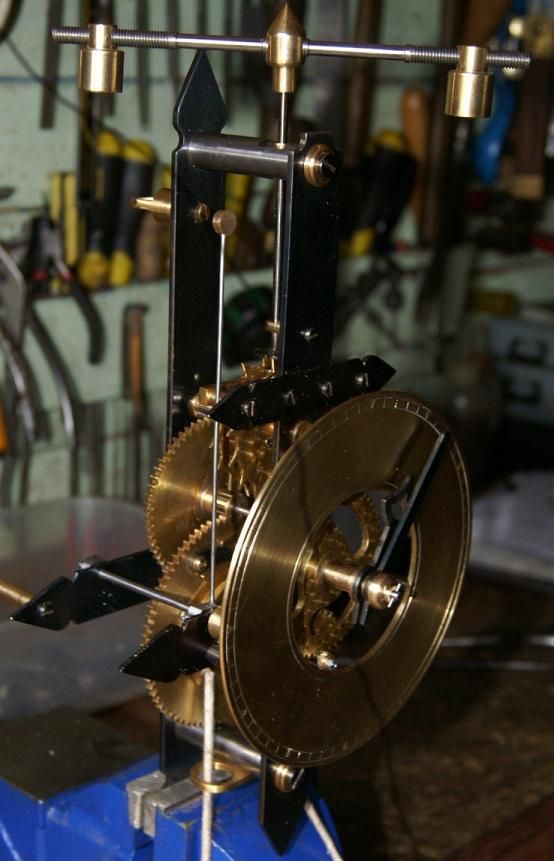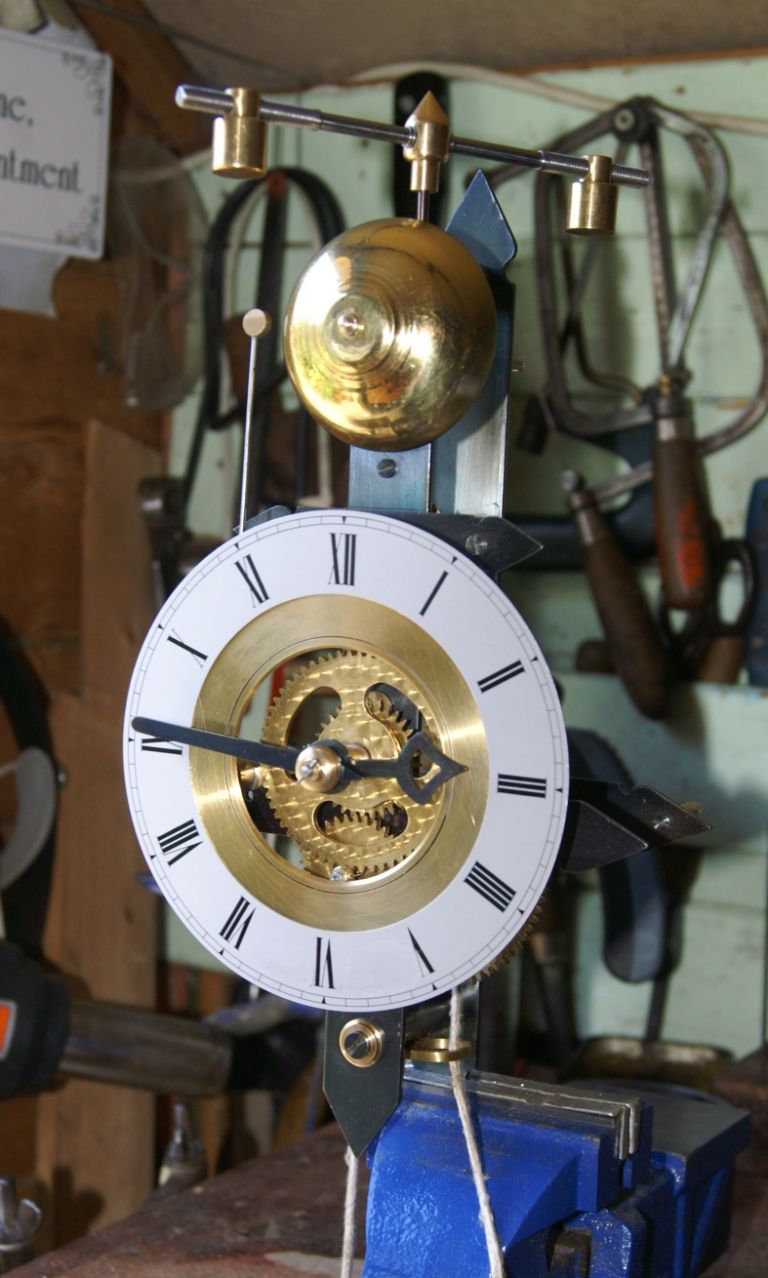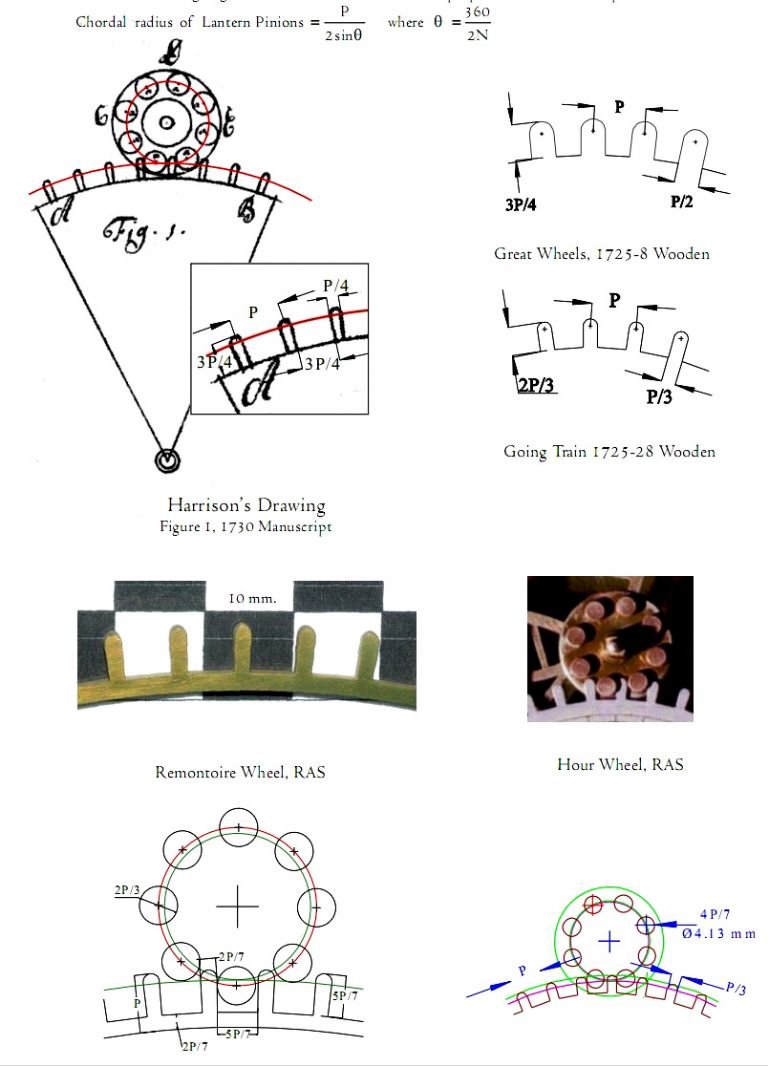It's probably best to check tool height with a facing cut and not to set high.
Brian John is now managing parting off on a baby lathe with this tool
**LINK**
Not suggesting buying one but note how the blade is ground. It will probably be best to put say 5 degrees or so on and try that first. The T shaped ones that are being introduced may not be any good as grinding the back rake on will probably weaken them too much. A taper ground blade should be ok. Parallel blades need relief grinding on. I can't help wondering why some sell those. They are asking for problems without any side relief.
I usually use a 1.5mm thick parting tool for squaring up shoulders as all tools I use have a small rad on the end. In the size i use these are getting rather hard to find. How useful this is depends on the length of the part that is going to be fitted to the shaft with the shoulder. A very narrow parting tool or something like one can also be ground onto a toolbit.
2 styles of HSS tool I use a lot are these – crap photo as the camera focused too far back

 They may not look sharp but they are and polished but that is for use on aluminium.
They may not look sharp but they are and polished but that is for use on aluminium.
The top one is a simple bar turning tool. Easy to grind all angles around 15 degrees but the rad on the tool has been stoned on and is SMALL. Not much back rake on the top. Just a couple of degrees. The end could be ground at an extreme angle and used to square up corners leaving a very narrow recess, it just needs to be the size of the rad. That style will need significant back rake as it's cutting into the work end on.
The lower tool can do that too and the angles can be the same. It can also bar turn and face but for facing a bigger rad is better. Facing from the centre out often gives a very high quality finish. It's best to grind the shape slowly so that the temper of the tool isn't wrecked. The tool works out well on a Boxford as it can be angled and the work can still be reached. Some mini lathes may need the compound slide moving.
It seems to be important that the grinding wheel runs true in order to leave sharp edges. It does for me anyway. Not sure why this is. I've long suspected that some grades of HSS result in sharper edges. Might turn out that cheap junky M2 is the best.  I intend to buy a piece at some point and find out. It's just a suspicion that I have had about M42 for some time but it probably comes down to grades and types of grinding wheel as M42 milling cutters can be extremely sharp.
I intend to buy a piece at some point and find out. It's just a suspicion that I have had about M42 for some time but it probably comes down to grades and types of grinding wheel as M42 milling cutters can be extremely sharp.
John
–
Edited By Ajohnw on 15/07/2016 12:28:08
John silver.


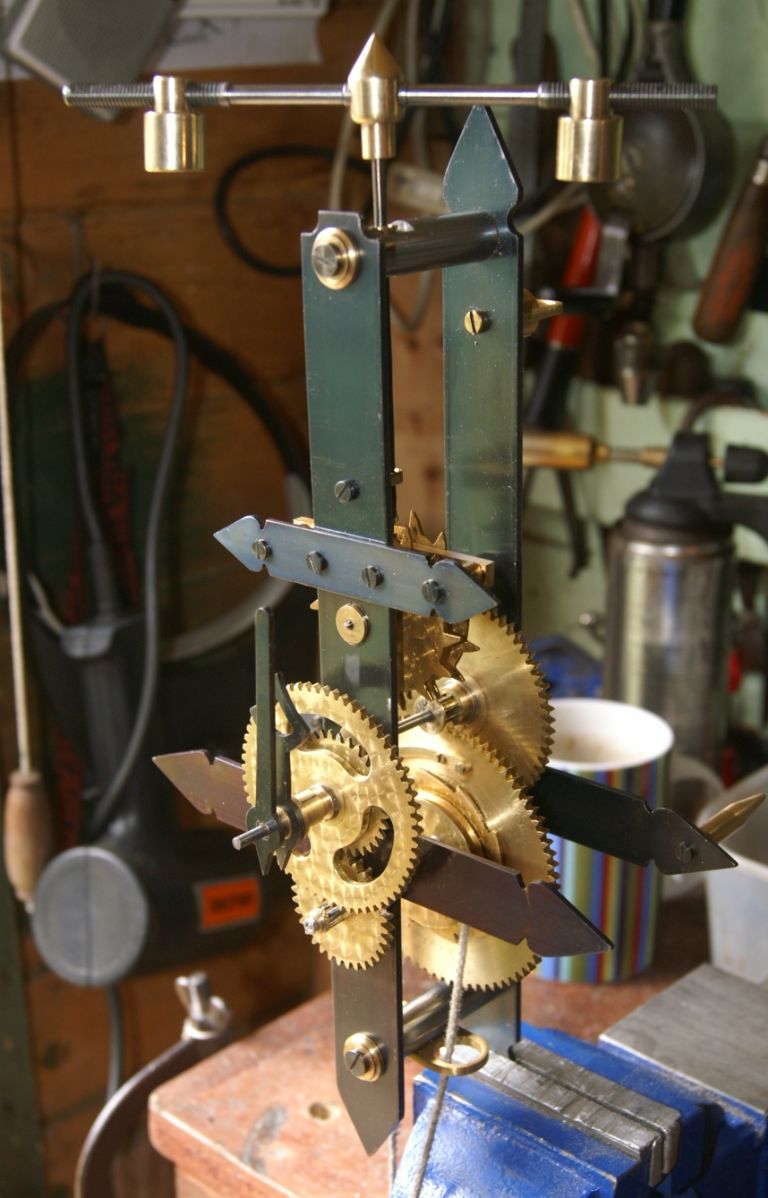
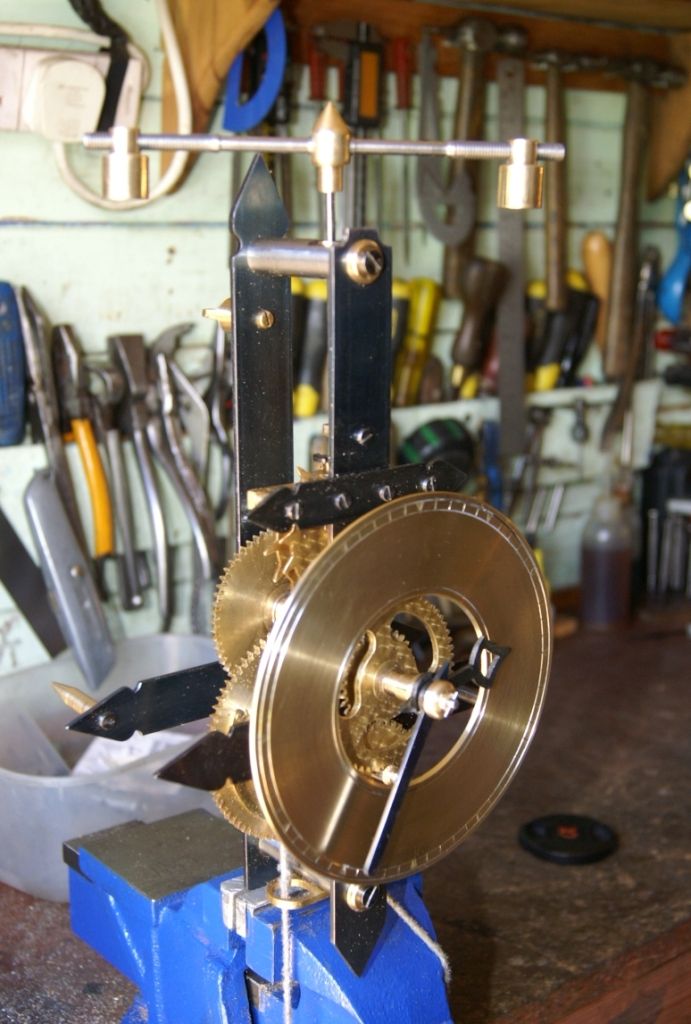
 – I wish I had the time to keep up
– I wish I had the time to keep up 
 They may not look sharp but they are and polished but that is for use on aluminium.
They may not look sharp but they are and polished but that is for use on aluminium.